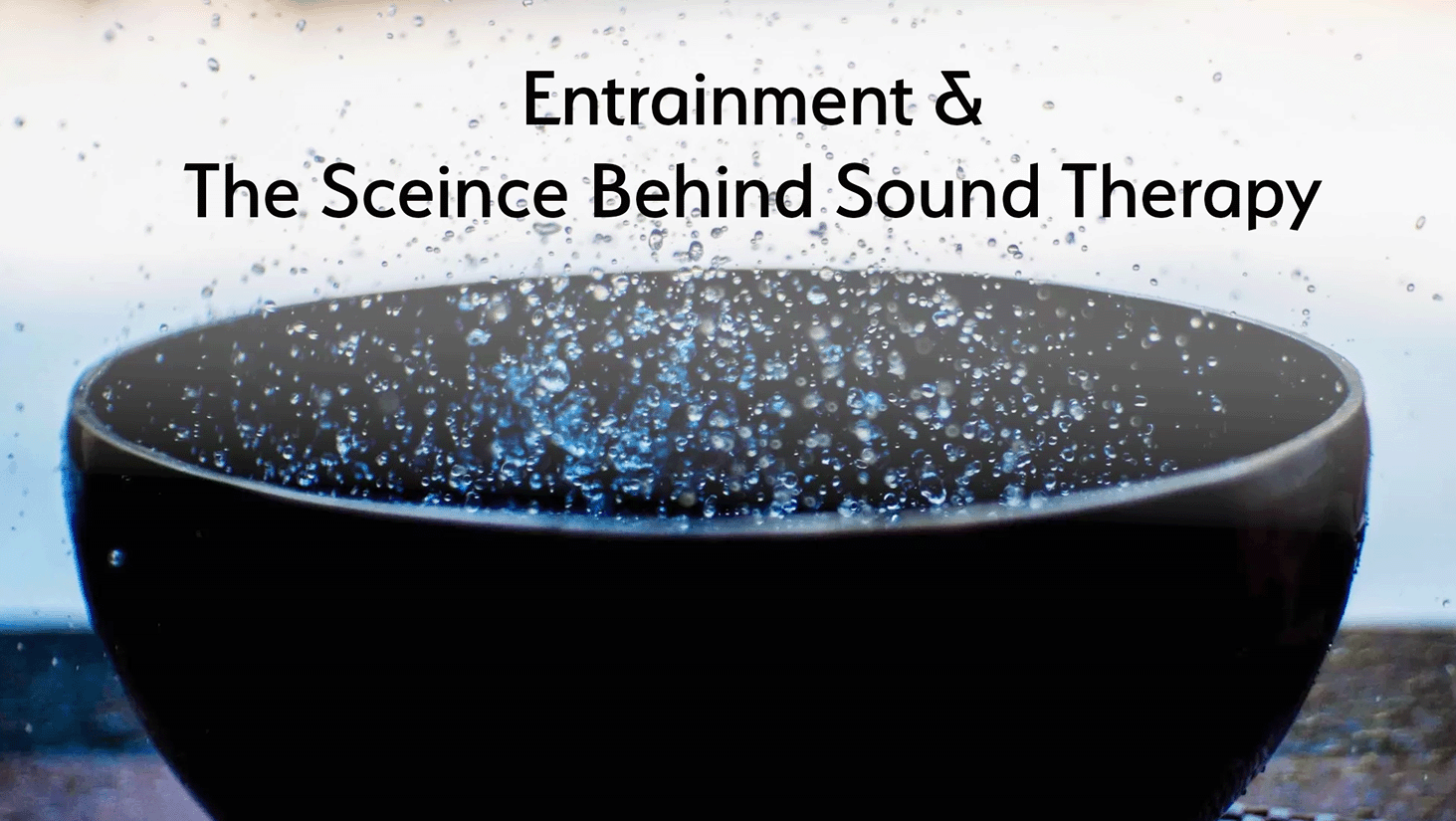For many beginners in music, 432Hz and 440Hz might seem like just numbers. However, they represent significant points of discussion in the world of music theory and acoustics. Both frequencies are used as reference pitches for tuning instruments, specifically tuning the A note above middle C. While 440Hz is the globally accepted standard, 432Hz has its own set of passionate proponents. Let’s delve into why this debate exists and whether the difference truly matters.
The Importance of Tuning Standards
A tuning reference is crucial for maintaining harmony and coherence in music. Imagine an orchestra where each musician is tuned to a different reference pitch—chaos would ensue! To avoid this, a global standard was established: the American Standards Association (now ANSI) set 440Hz as the reference pitch for A above middle C.
Prior to this, there were various tuning standards. For instance, in the mid-1800s, France standardized pitch to 435Hz. However, without widespread adoption, such standards struggled to gain international traction.
The Case for 432Hz
Some advocate for 432Hz as a preferable tuning reference, arguing that it sounds warmer and aligns better with natural frequencies and harmonics found in the world. They suggest that 432Hz resonates with the Fibonacci sequence and the golden ratio, which are often associated with natural beauty and harmony. This pitch is believed to produce a more soothing and harmonious sound, potentially offering a more pleasant listening experience.
The Evidence: Is There Any Truth?
Amid the hype and conspiracy theories, scientific research has attempted to shed light on this debate. A notable study conducted by scientists Calamassi and Pomponi in Italy explored the effects of 432Hz versus 440Hz tuning on physiological responses. Their double-blind crossover study yielded some interesting results:
* Heart Rate: Music tuned to 432Hz was associated with a slight decrease in heart rate (-4.79 bpm, p = 0.05).
* Blood Pressure: There was a slight decrease in both systolic and diastolic blood pressure values, though not statistically significant.
* Respiratory Rate: The mean respiratory rate also showed a slight decrease (1 r.a., p = 0.06).
Subjects reported greater focus and satisfaction after listening to 432Hz-tuned music. While these findings suggest that 432Hz-tuned music may have some beneficial effects on physiological parameters, the researchers recommend further studies with larger sample sizes and additional clinical parameters to confirm these results.
Conclusion: Does It Really Matter?
While the debate between 432Hz and 440Hz tuning continues, the current scientific evidence suggests that the differences might be subtle rather than groundbreaking. The 440Hz standard remains widely used and accepted in the music industry, ensuring consistency across performances and recordings. However, if you personally find 432Hz music to be more enjoyable or relaxing, that’s a valid experience, and personal preference plays a significant role in musical enjoyment.
In the end, whether you prefer 432Hz or 440Hz, the most important aspect is how the music resonates with you. Both tuning standards offer unique qualities, and your choice might simply come down to personal preference and the specific context of the music you are enjoying or creating.
Citation:
Calamassi, M., & Pomponi, A. (Year). Study on the Effects of 432Hz vs 440Hz Tuning.
https://pubmed.ncbi.nlm.nih.gov/31031095/#:~:text=Results%3A%20432%20Hz%20tuned%20music,)%2C%20compared%20to%20440%20Hz.



